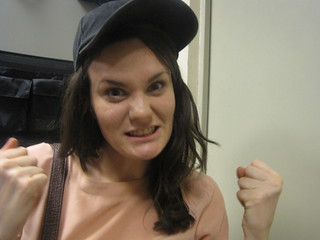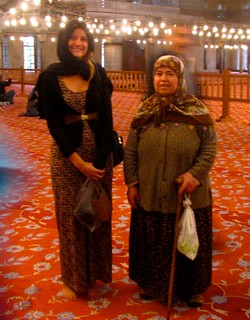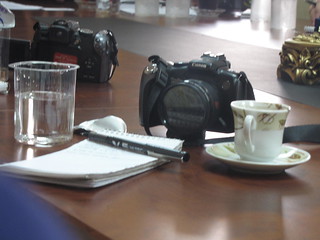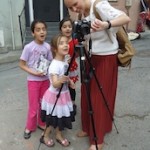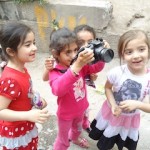With all the criticism that occurs around the media it’s easy for people to overlook the fact that many journalists are putting their lives on the line each and every day to report the news. Today our group met with Omer Berberoglu from Reuters News in Istanbul. Working as a producer and camera operator for several years, Berberoglu has experienced what it’s like reporting in a war zone. He showed and explained to us the various protective gear that journalists wear when working in these dangerous conditions.
This equipment is not worn all the time when working in war zones, but mainly when on the front lines under the most dangerous circumstances. It takes courage to be able to report in war zones, and Beberoglu said you have to do a cost-analysis on whether or not risking your life is worth spreading the information. While this equipment is somewhat reassuring, Berberoglu said it’s not a 100% guarantee. “Rarely you get killed by bullets, you actually get killed by bombs, and if you’re bombed then you’re done. These (items) are protector vitals, it saves you some time until you’re near a proper medical station.” Berberoglu also talked about how these experiences open your eyes to a whole new reality of what it means to feel secure.
Hardened hat: This is used mainly during riots and protests to protect the head from rocks and coins being thrown.
Gas mask: There are two types, the one displayed below is used against smoke grenades. The other kind is mainly used against chemicals.

Composite helmet and flak jacket: These are both used to protect the body from bullets. The helmet protects against rifles and pistols, and the flak jacket has a bullet proof plate that blocks against guns such as AK-47s and N-63s.
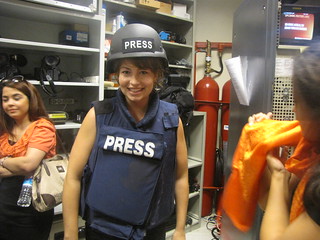
Stab vest: It’s good to protect from stabbing, riots and hand guns.


